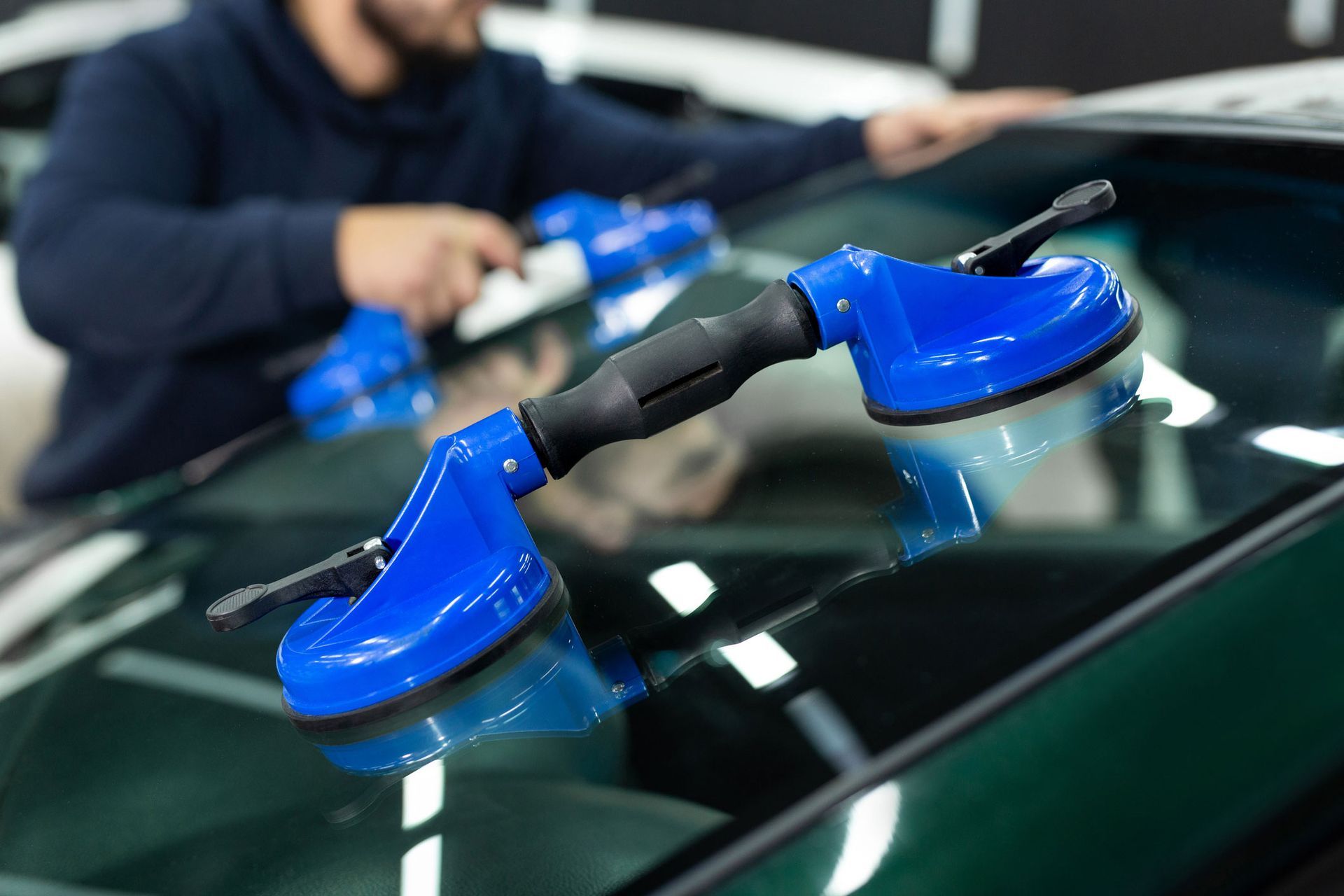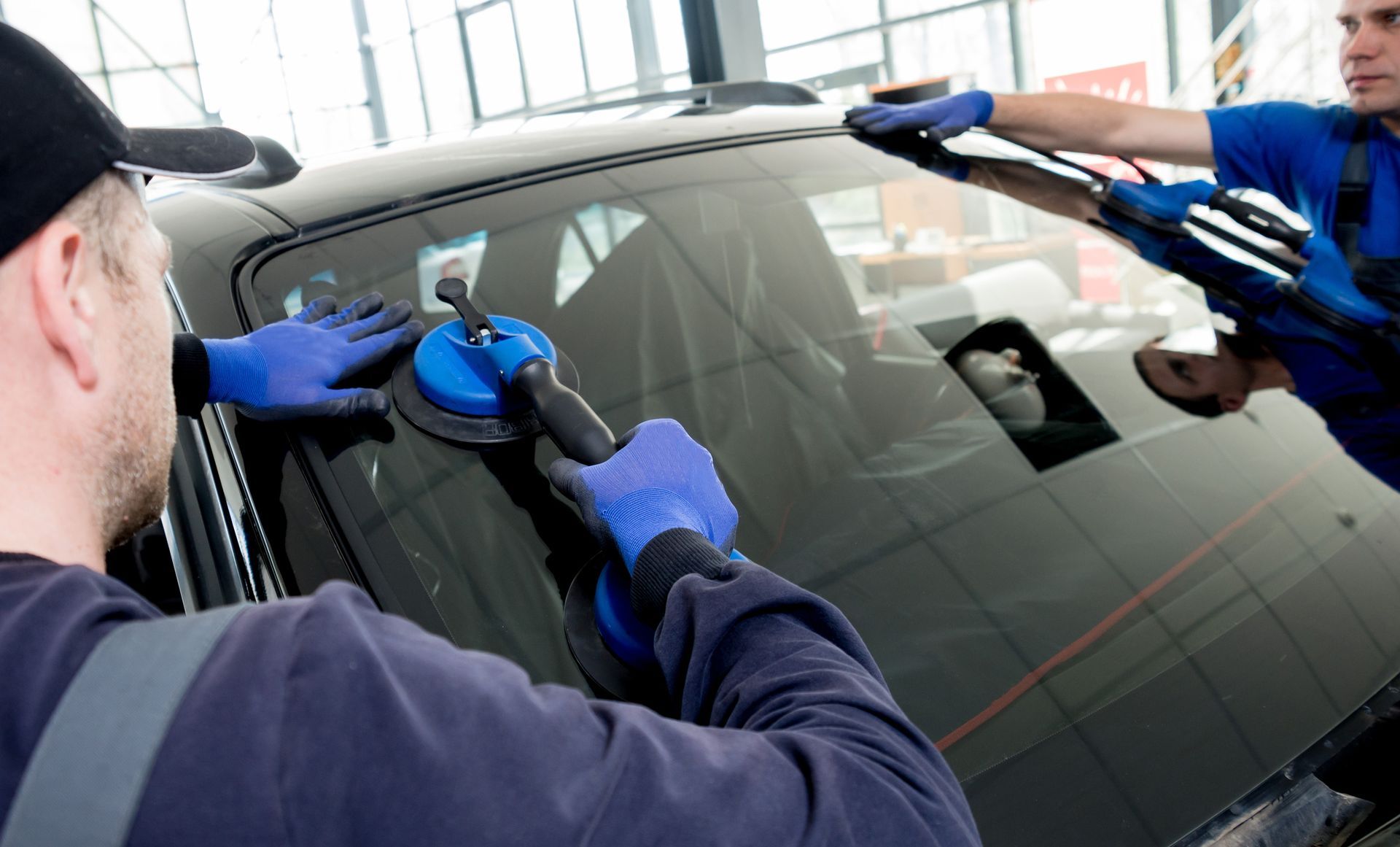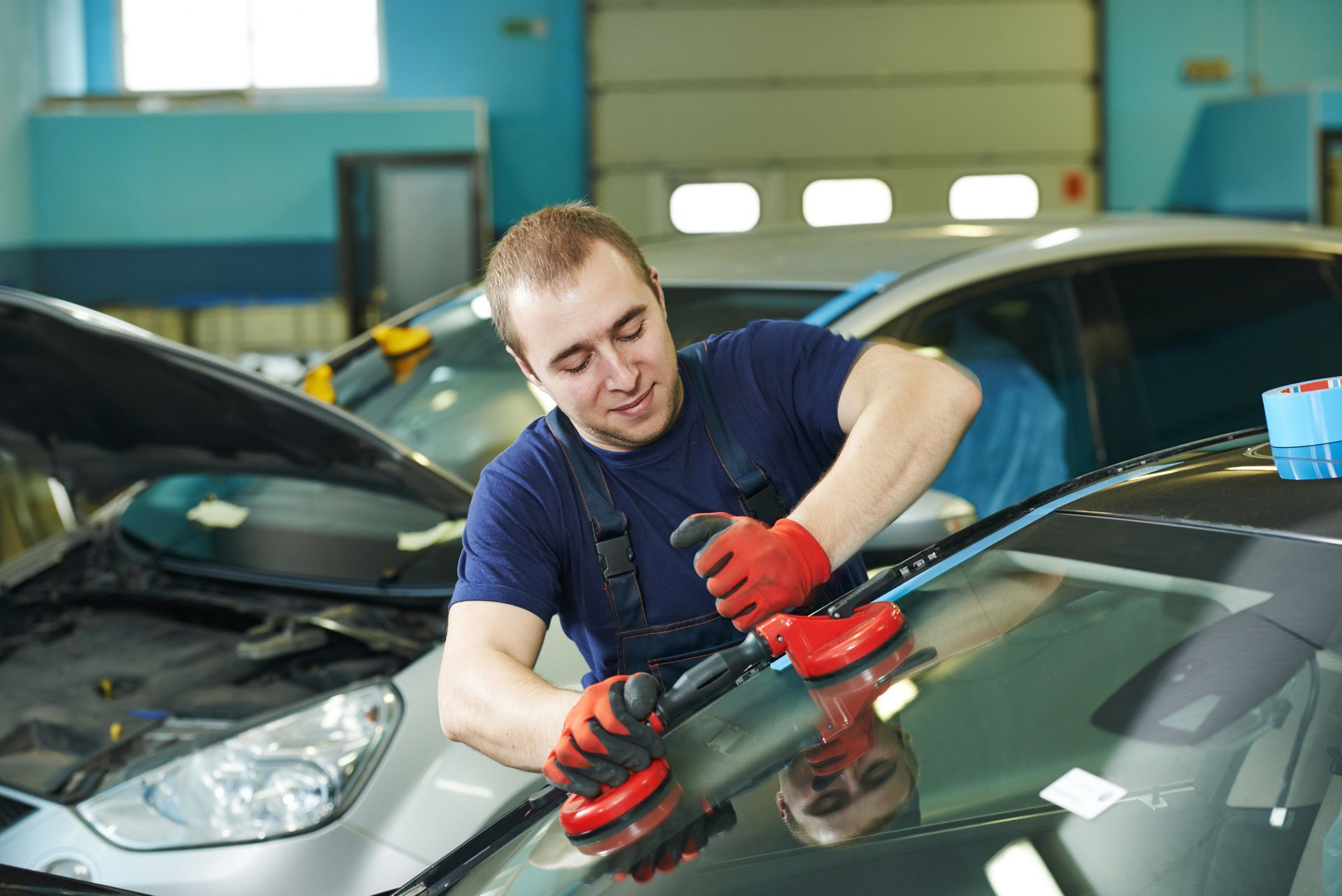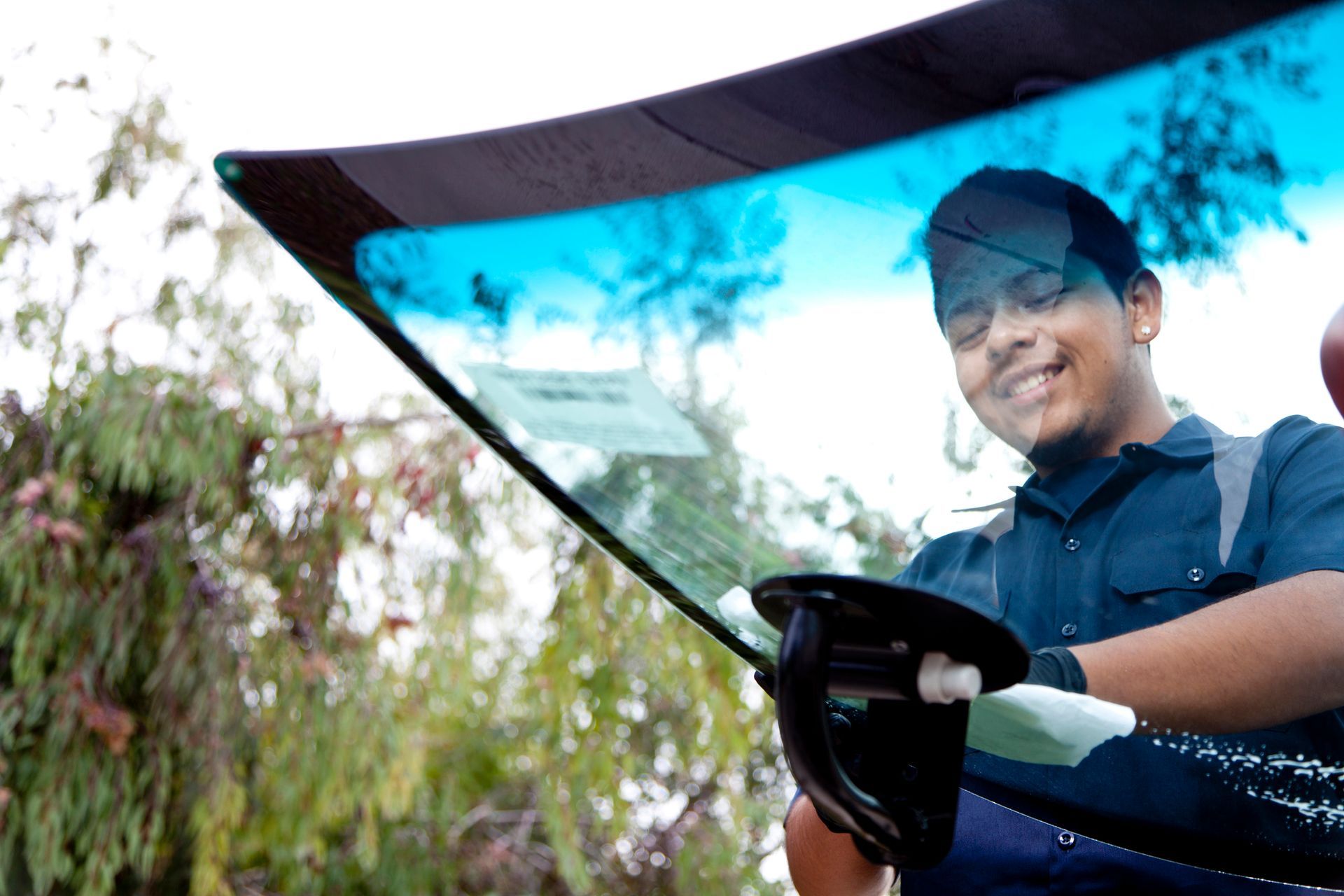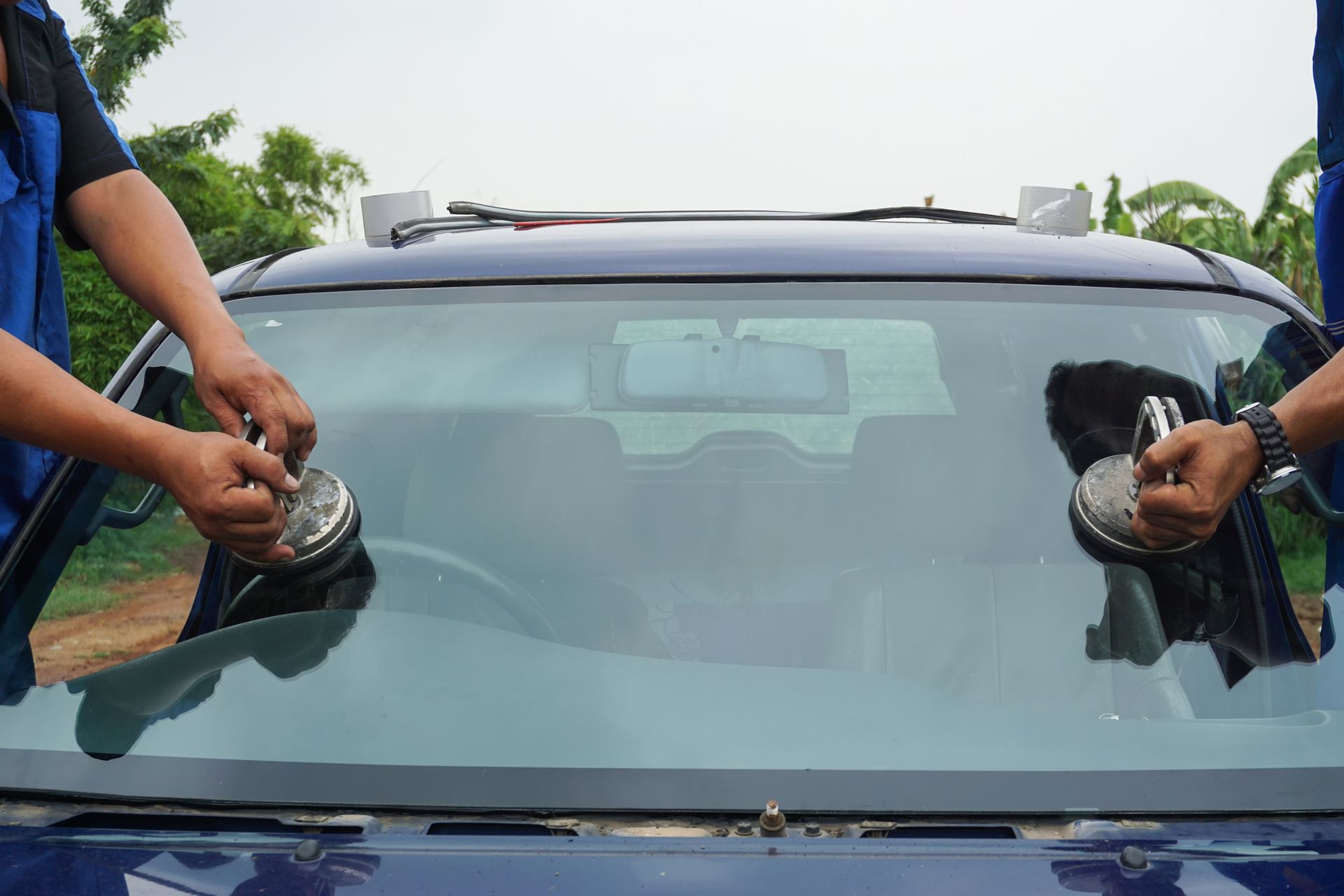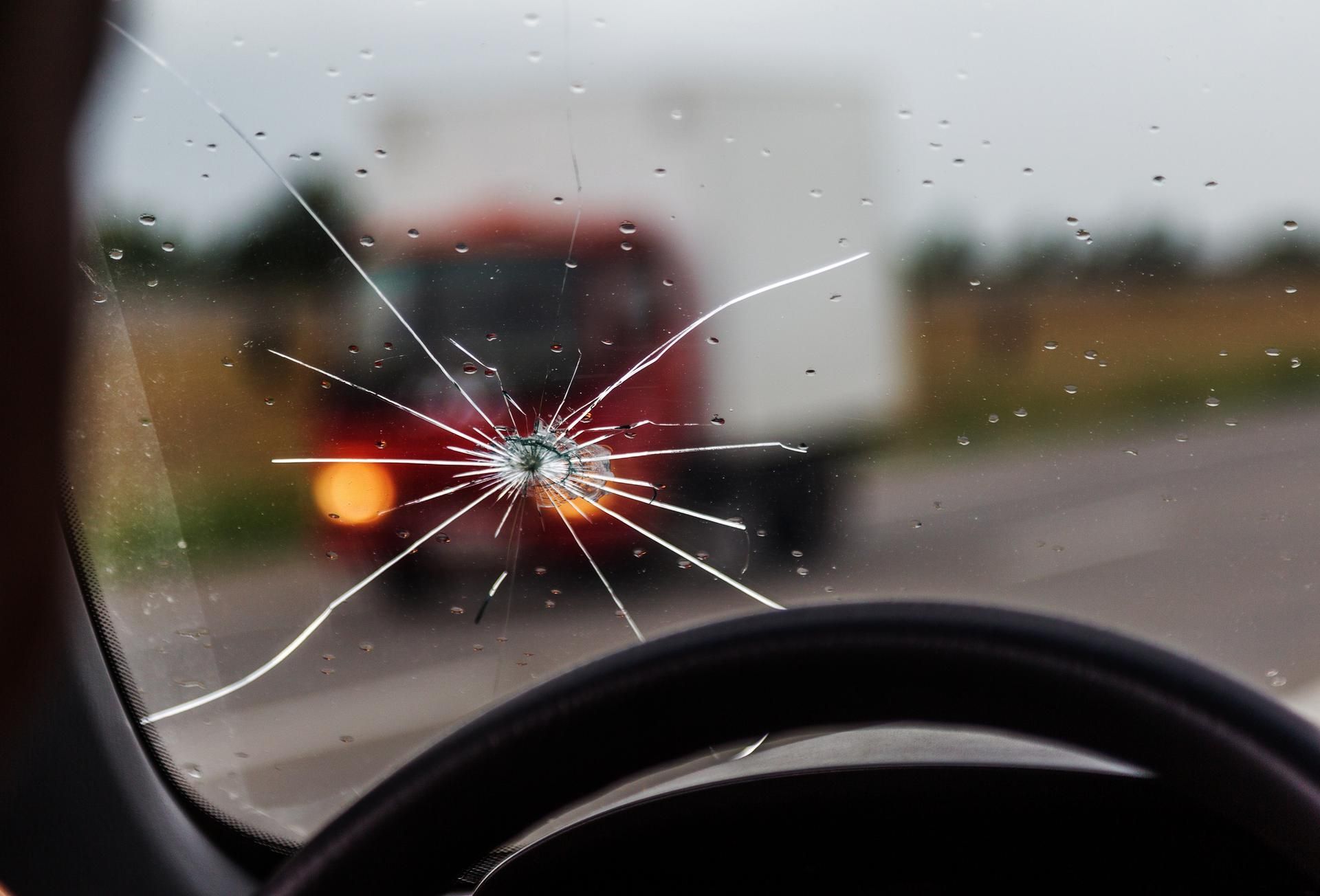Why You Shouldn't Drive With a Cracked Windshield
Your vehicle is more than just a mode of transportation; it takes you on countless journeys, from daily commutes to exciting road trips. However, amid the hustle and bustle of life, we often take for granted the many components that keep our vehicles safe and reliable. The windshield stands out as an unsung hero, shielding us from the elements and providing an unobstructed view of the world outside.
But what happens when this vital component develops a crack? Surprisingly, a cracked windshield is often dismissed as a minor inconvenience when it substantially risks you and other drivers' safety. This blog post will explore why you should not ignore a cracked windshield.
Compromised Structural Integrity
Even though a cracked windshield may not appear to be a major concern, it can seriously compromise the structural integrity of your vehicle. Modern vehicles rely on the windshield for stability during a collision. When the windshield is damaged, it may not provide the necessary support, increasing the risk of a more severe accident.
Furthermore, the windshield acts as a backboard for the passenger-side airbag. A cracked windshield may shatter prematurely in a collision, preventing the airbag from deploying correctly. This can lead to life-threatening injuries for the driver and passengers.
Impaired Visibility
Driving with a cracked windshield can significantly impair your visibility on the road, which is a critical safety concern. Even a small crack can distort your view, making it difficult to judge distances accurately, spot obstacles, or see other vehicles. This can lead to accidents, especially in challenging weather conditions like rain, snow, or fog.
In some cases, a crack can catch the glare of sunlight or oncoming headlights, creating blinding reflections that impede your ability to see the road ahead. Your safety and the safety of others depend on your ability to see and react to changing road conditions, making impaired visibility a significant risk.
Increased Risk of Ejection
Your windshield prevents occupants from ejection during an accident. If the windshield has cracks, it's more likely to break, increasing the risk of ejection. Ejection from a vehicle is a dangerous scenario in a crash. It significantly raises the chances of severe injuries or fatalities. To minimize this risk, address any windshield damage promptly and do not drive with a cracked windshield.
Reduced Airbag Effectiveness
As mentioned earlier, a cracked windshield can hinder the proper deployment of passenger-side airbags. During a collision, the windshield acts as a support structure for the airbag. When the windshield is weak or damaged, it may not be able to withstand the force of the deploying airbag, causing it to malfunction or inflate inadequately.
In such situations, the airbag may not protect the passenger, leading to severe injuries or fatalities. Maintaining the windshield's integrity ensures that safety features like airbags work as intended.
Legal Consequences and Fines
Aside from the safety risks, driving with a cracked windshield can also lead to legal consequences and fines. Laws regarding cracked windshields vary by location, but many jurisdictions have regulations that require windshields to be free from defects that impair the driver's vision. If caught driving with a cracked windshield, you may face fines, citations, and points on your driving record.
Suppose a collision occurs due to your cracked windshield impairing visibility. In that case, you might be responsible for any losses or injuries, which could result in exorbitant legal fees and higher insurance costs.
At Low Price Auto Glass, we ensure your safety on the road. Contact us if you have a cracked windshield that needs attention. Our expert technicians are ready to provide professional windshield repair and replacement services.



